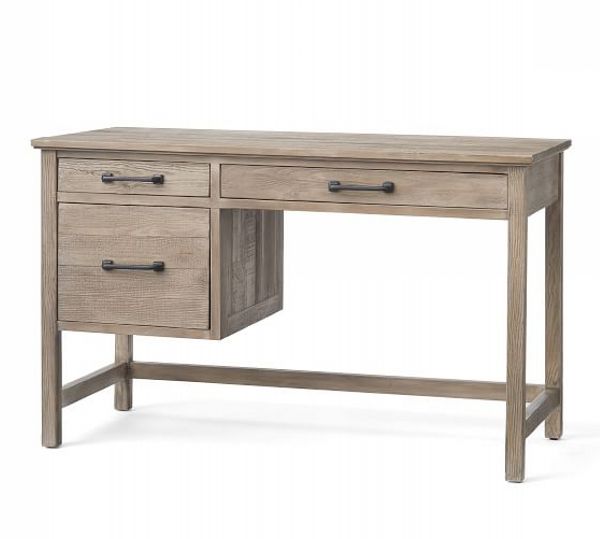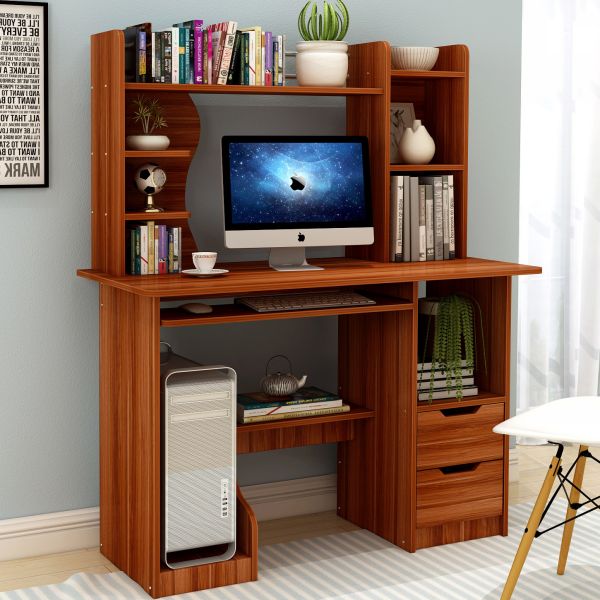Lap Desk Schematics - Uses of Building Blueprints
Start by turning off power to the existing outlet. Lift blade guard with your thumb and sight down one edge of the blade to align your cut. Cut all pieces with a circular saw and jigsaw, using dimensions in Fig. Floating foundations are generally allowed by building codes nationwide, including regions that experience frost heave. Connect marks with a line and then saw right down middle of the line with your circular saw. We'll show you how to use a circular saw to quickly and accurately cut long boards and plywood, and give you plans for a handy cutting guide attachment for your saw.
Once you've completed routing, further ease edge with a fine mill file with light strokes. Amaze your neighbors and friends with your creativity. Photos 10 and 11 show an easy method for cutting the metal beads to length and (site here) creating a strong corner. Attach arms, following same procedure you used for legs. Then plumb and brace the posts in both directions and backfill holes, packing soil every few inches. The air-powered needle tip shoots glue deep into the crack for a long-lasting repair. Glue the base together, clamping the spacers between legs. With the router, make mortise-and-tenon joints to attach the legs to the curves and the straight crosspiece.
Anchor the base to the floor with masonry screws set in the exposed corners. Resist temptation to tear off the form as soon as the grout is hard. Screw the top frame to wall, and screw the top of columns to the top frame. Drive a brad through shelf into the support cleat. As craters, cracks and stains accumulate, it could go from dull to downright ugly in just a few years. A faster and easier way is to drill hole and then use a power jig saw. Make sure to keep saw bed tight to the guide fence as you make cut.
Use a random orbital sander for tight curves. Reuse them to uniquely store office supplies, photos and junk drawer items. You select type of timber and stain or paint to dress it up or down to fit look of any room. Lay the first course of tongue-and-groove roof decking with groove side facing downhill flush with the rafter ends. Press veneer on firmly with a block of wood. And then we adjusted board width until they were all equal. Set plywood on the back of the locker with the best side facing down. Use back to square up cabinet before the glue sets up.
Drill pilot holes and screw into the bottle holder from the outside of feeder. After attaching gussets, tighten screws that hold the legs to the top board, and you're done. You can easily control the depth of hole by drilling until top of the cutter is flush with the surface. Otherwise, rotating the tensioning knob two or three complete turns will do the trick. Let the glue dry overnight before using the jig. Cutting the pieces slightly oversize helps in case you don't get it on perfectly straight. It's easier to apply smooth coats of finish with a spray could than with a brush, especially when you're finishing the interior.
Add more tape as surface gets full of hair. Glue, clamp and screw the lower back leg support to back legs first. Cutting large sheets with a straightedge guide and a circular saw is easier than wrestling large sheets through a table saw. All you need is a side-to-side motion, working from one end to the other. Screw the slats between rungs, then drive screws at an angle through the rungs and into the posts. You may need to shim here and there to keep edges aligned. Just coil it and soak it in the same blade cleaner used for table saw blades.
Look for a variety of old doorknobs at antique stores and reuse stores. This is a good gap filler and it works well on endgrain. Forget brushes when it comes to varnishing a ton of trim or big, flat areas like tabletops and cabinets. Use a fresh blade and a square to guide your cut. Clamp beams in place, and check that they're level and that posts are plumb.

